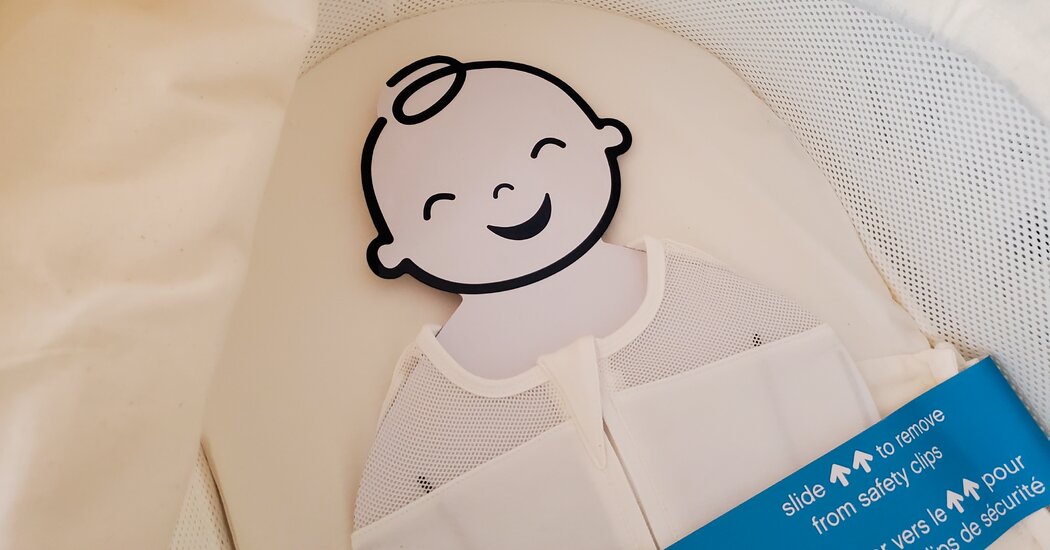Happily, the baby arrives (no spoilers), a brother follows and nursery gizmos with Australian outback-evoking names — Keekaroo, Woombie, Ubbi, Nanit, Owlet — come calling. Hess buys a used Snoo, a robotic cradle ($1,695 new as of this writing) promising the parents’ holy grail of an extra one to two hours of sleep a night. A dad posts his four-month-old’s perfect blue sleep graph on Reddit, swoonily tagging it #SNOOporn.
Come toddlerhood, the Instagram influencer Big Little Feelings (3.5 million followers) offers Hess easy hacks for conscious parenting. BLF cites George Floyd’s murder to promise “your child will be the change we need in this world” — as will, presumably, their online course “Winning the Toddler Stage” ($99).
In the end, Hess concludes, “The American model of parenting in the 2020s was a punishing and isolated ordeal.” But are millennials truly the first to feel alone? Alison Gopnik wrote in “The Gardener and the Carpenter” (2016) of a multibillion-dollar industry that had transformed child care into what her publisher termed “obsessive, controlling and goal-oriented labor.” In “Feminist Theory,” bell hooks notes this model “isolates children and parents from society.”
Gen X and baby boomer parents, too, bought tons of stuff (Exersaucers, Avent bottle systems), over-hovered (were our 2-year-olds “gifted”?), attended ridiculously overpriced “baby music” classes instead of sensibly pooling child care.
Hess describes a millennial mom, Nev, whose friends politely decline free babysitting. Nev poignantly yearns for her grandmother’s community, where “you just drop in on each other and bring food and kind of do life together.”
Perhaps, then, it will finally fall to Gen Z to prove it really does take an (irl) village. Or Qvilage-aroo.
SECOND LIFE: Having a Child in the Digital Age | By Amanda Hess | Doubleday | 248 pp. | $29
